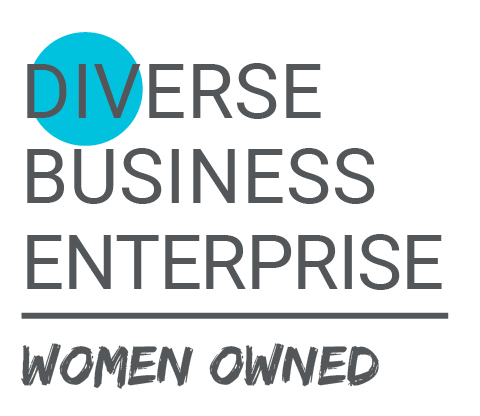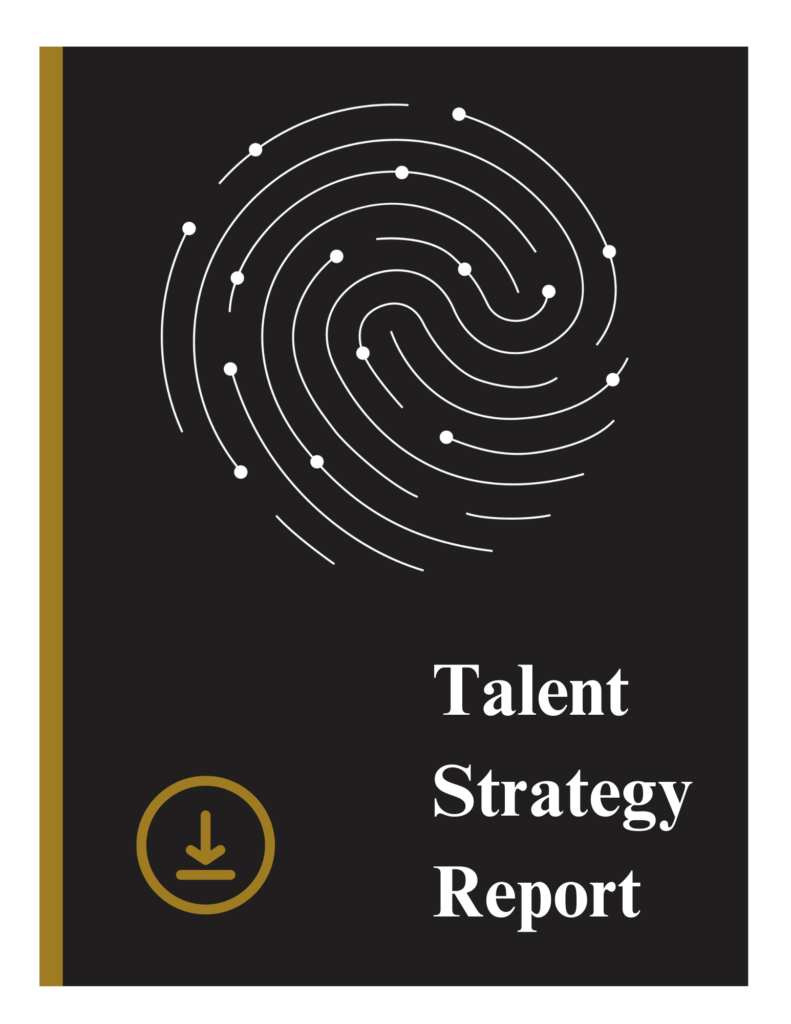Since the average person will spend one-third of their life at work, whether they realize it or not, employers play a significant role in each worker’s well-being. There are multiple aspects to well-being: emotional, social, physical and financial, and it’s important to remember they are all tied together.
As a leader, it’s important to pay attention to employee well-being. This article reveals the risks to an organization that lacks employee well-being and provides suggestions for leadership to craft a culture of wellness, most importantly, by building resilience.
Building a Resilient Workforce to Encourage Employee Wellness
One characteristic universally supported by every single member of an organization, from entry-level staff to the C-Suite, is employee wellness. We all can agree that an organization performs at its best when each and every member is performing at their best; and how else can someone perform at their best but to be… well, well?
Perhaps the strongest correlation to employee wellness is resilience; those that have built positive habits of resilience are more successful employees. Resilient people are better at communication, problem-solving, teamwork and leadership. Because of this, companies with a resilient workforce experience greater employee retention, higher productivity and greater employee well-being.
What is Resilience?
Scientific researchers Masten and Garmzey define resilience as “the process of, capacity for, or outcome of successful adaptation despite challenging or threatening circumstances.” Resilience is the capacity not only to survive, but to learn and grow from life’s challenges and to become stronger because of those challenges. People who experience trials are able to adapt to life situations more easily and develop an instinct for facing adversity. Those with the ability to navigate difficulty, experience lower levels of stress, anxiety and depression and therefore, have a greater sense of well-being.
Creating a Culture of Being Well
When members of an organization are not in a state of well-being, this can be seen in a number of negative outcomes such as a disengaged workforce (quiet quitting), lower productivity, employee burnout, high turnover and higher healthcare costs. Leaders should regularly seek to identify gaps in their workforce wellness and offer opportunities for improvement and building resilience.
To support physical health, employers could provide access to healthy snack/food options, invest in ergonomic furniture, and encourage fitness by organizing group activities or wellness challenges. (A fun competition also fosters social engagement and connection!)
Providing volunteer opportunities would boost emotional health by creating deeper connections with the community, providing purpose beyond paperwork and encouraging employees to step outside of their comfort zone. Professional coaching and mentoring opportunities are other great options.
Employers supporting financial wellness might offer life insurance, medical benefits or a 401k plan; they might also provide training on personal investing, budgeting, or general money management.
To address the growing concern of mental health issues in the workplace, employers are introducing a variety of programs and policies. Employee Assistance Programs (EAPs) offer mental health support in a number of ways (from assisting with travel plans to providing legal or counseling services) and are generally a low cost to the employer. Implementing flexible work policies (remote work or flex time) and encouraging regular breaks will also promote balance and reduce stress. Resilience, however, is a key factor in reducing mental health conditions.
How to Build Your Resilience
It is important to note that individuals play a key role in building their own habits of resilience. This happens when someone applies their abilities, skills and positive mindset on a daily basis, taking action to solve problems. You must be willing to adapt and persevere, as well as observe your thinking by assessing your situation from a broader perspective (allowing the evaluation of events in a true measure). Stress often narrows your perspective, as the attention is focused on the problem.
Leaders can support resilience in the workplace by allowing opportunities for connection, encouraging adaptation (constant growth, change, and development) and providing resources and standards supportive of a balanced mindset. Businesses should also implement strategies to be purposeful in building resilience. Those that are successful will find a happier, healthier workplace, benefit from lower turnover, higher employee engagement (with better work relationships), higher productivity and a better company culture.
Building a culture of wellness and instilling resilience in the workforce is no easy task, but the benefits are felt immensely throughout the organization. If you need help uncovering what your employees most need and strategizing for success, let us know.



















